Wärtsilä and partners to pursue greater fuel efficiency for shipping in 3-year EU-funded project SeaTech
Green Car Congress
MARCH 6, 2020
Retrofitting and subsequent maintenance of the innovations will be simplified, and the return on investment (RoI) for owners is expected to be approximately 400%. Commercialization of the developments is anticipated to take place in the European and Asian short-sea markets by 2025, followed thereafter by expansion into the deep-sea market.

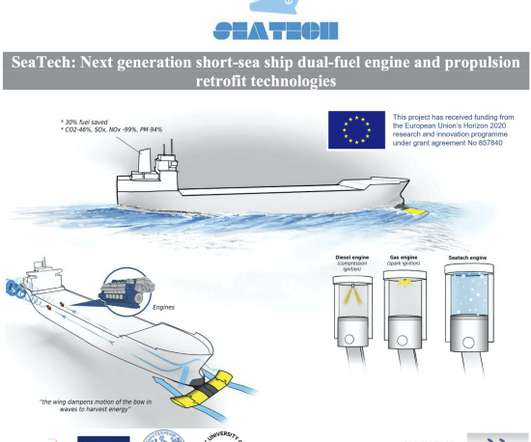




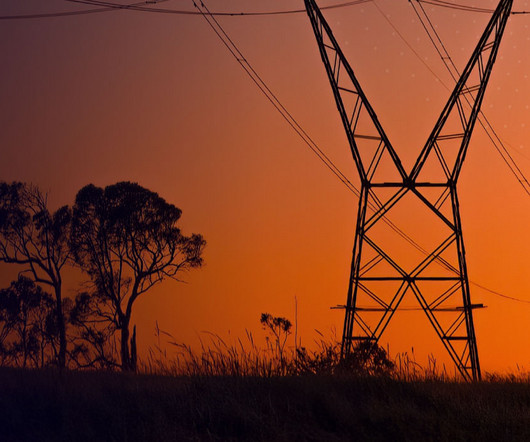

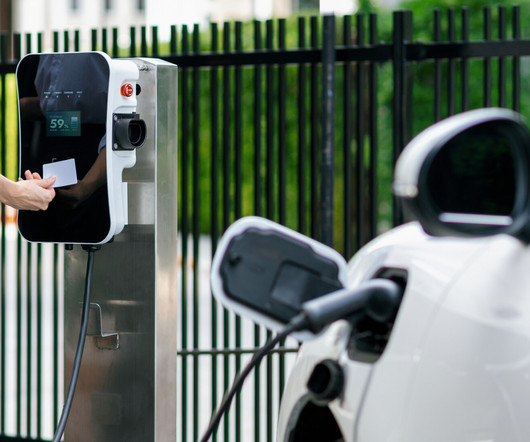
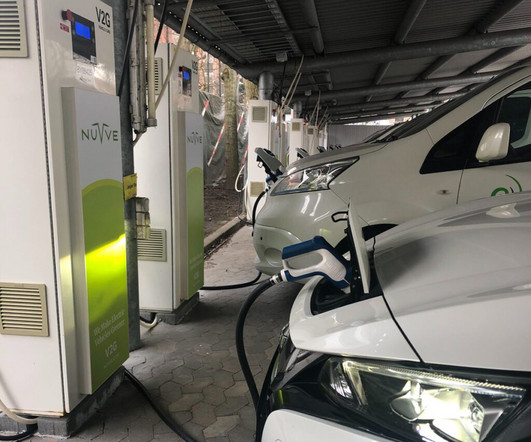
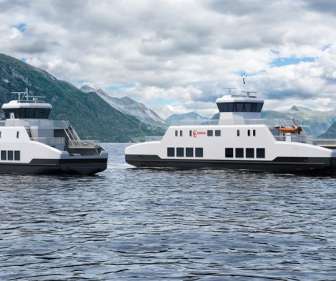

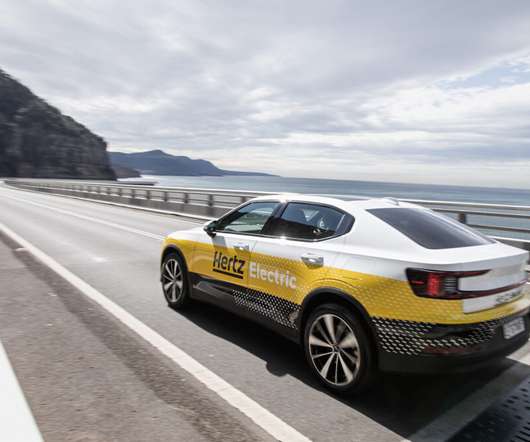













Let's personalize your content